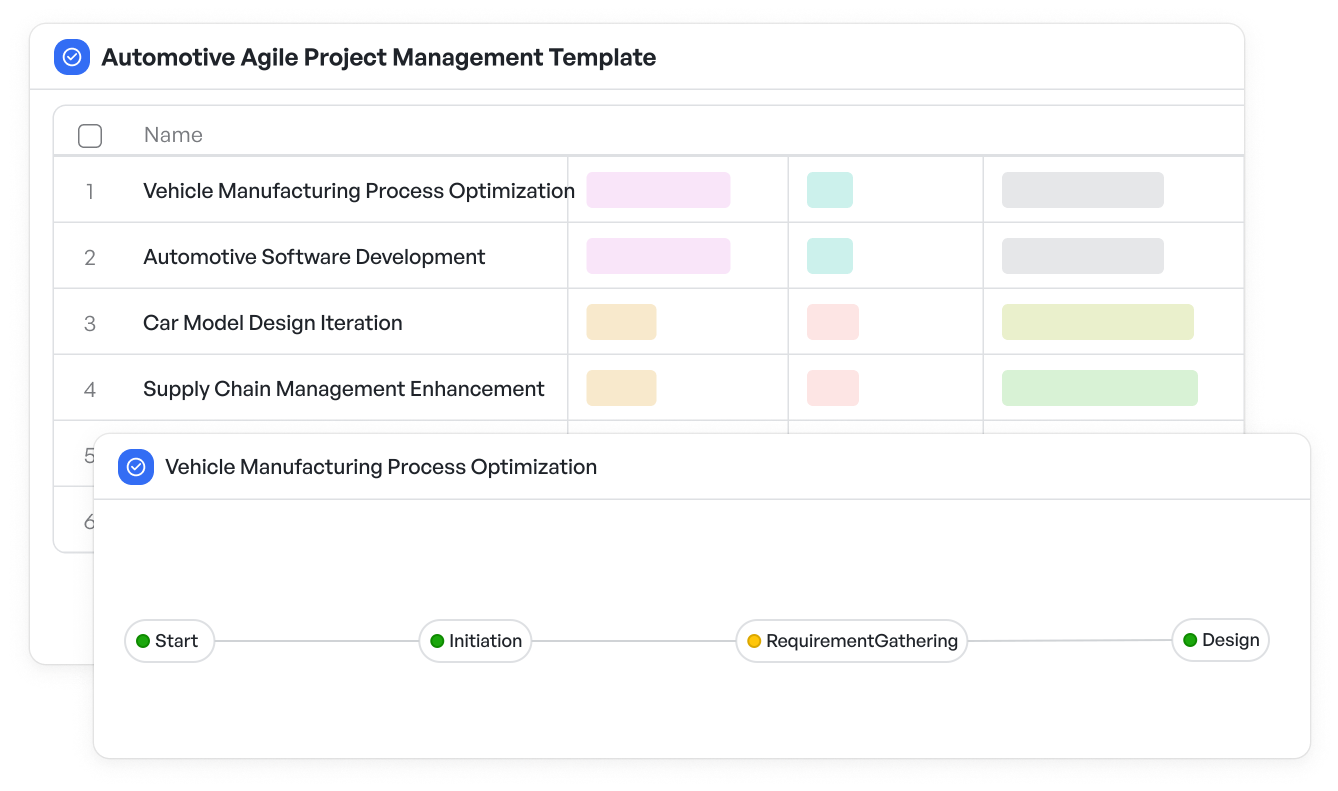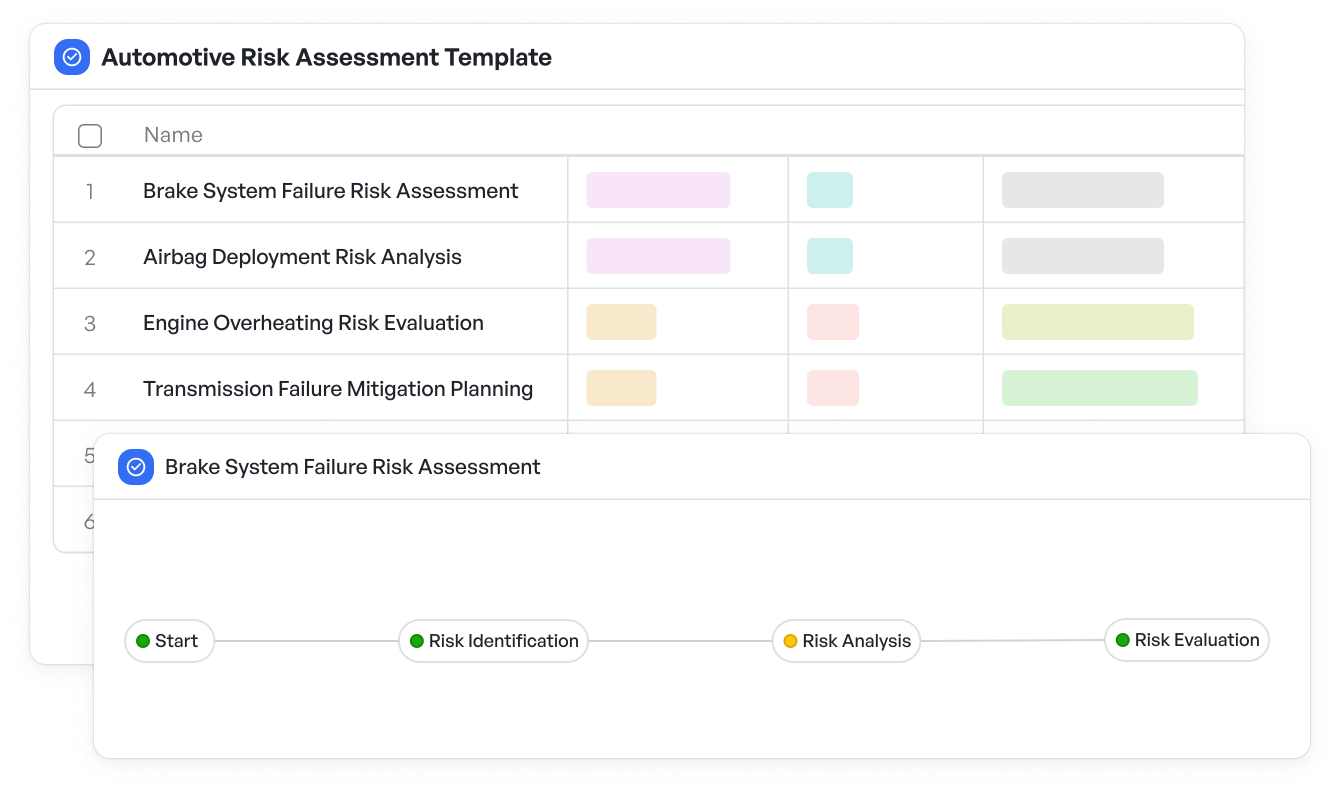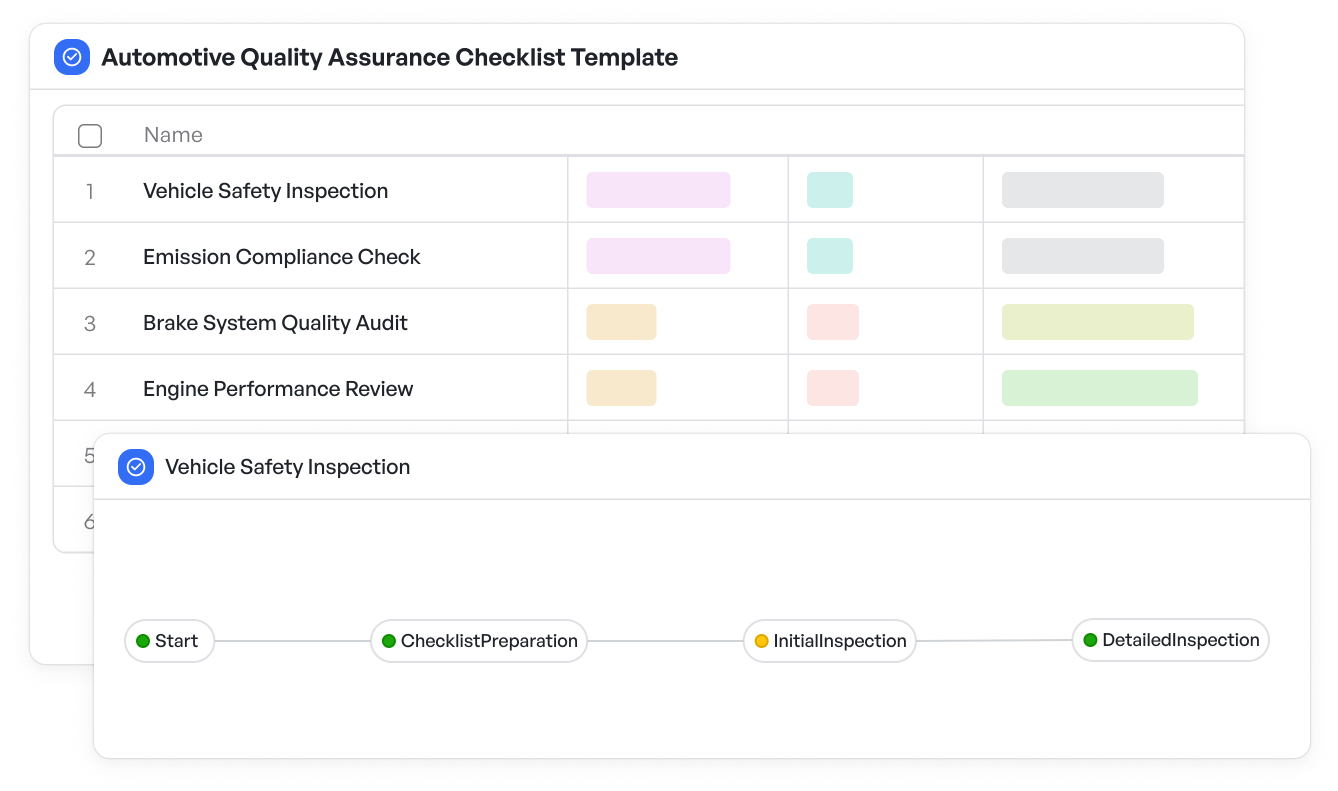How to Implement Feature-Driven Development in Automotive

The automotive industry is undergoing rapid technological shifts. From electric vehicles to advanced driver-assistance systems (ADAS), software development has become a critical part of vehicle innovation. Managing complex automotive software projects requires a structured, yet flexible approach.
Feature-driven development (FDD) is an Agile methodology designed to deliver tangible, incremental progress with clear focus on features that matter most.
This blog explores how feature-driven development can help automotive teams improve collaboration, increase delivery speed, and maintain high-quality results — all while managing the complexities unique to the automotive sector.
What is Feature-Driven Development in Automotive?
Feature-driven development is an Agile approach centered around designing, building, and delivering specific features in short iterations. Each feature represents a small, client-valued function that can be developed and tested independently.
Unlike broader Agile frameworks, feature-driven development emphasizes feature-centric planning and delivery, which fits well with automotive projects that require clear tracking of deliverables.
In automotive software development, this means focusing on functional units such as sensor integration modules, control algorithms, user interface components, or communication protocols — each treated as distinct features that contribute to the overall system.
Benefits of Feature-Driven Development in Automotive Software Projects
Automotive software projects face unique challenges: strict safety and compliance standards, multiple interdependent subsystems, and coordination across hardware and software teams.
Feature-driven development helps address these by breaking down complex systems into manageable, measurable pieces.
Key advantages include:
- Clear progress tracking: By focusing on well-defined features, teams and stakeholders can easily see what has been done and what remains pending.
- Improved cross-team collaboration: Since each feature has an assigned owner, communication between software engineers, testers, and hardware teams becomes more transparent and efficient.
- Faster delivery cycles: Incremental feature delivery supports continuous integration, allowing for early feedback.
- Adaptability to change: Automotive requirements often evolve during development. Feature-driven development iterative cycles enable teams to incorporate changes without disrupting overall progress.
To support these benefits, tools like the automotive agile project management template provide a ready-made framework for managing iterative workflows, tracking feature progress, and assigning clear ownership by making it easier for automotive teams to stay aligned and deliver efficiently.
 Boost team collaboration and feature tracking with the automotive Agile project management template
Boost team collaboration and feature tracking with the automotive Agile project management template6 Steps to Implement Feature-Driven Development in Automotive Software Projects
Adopting feature-driven development successfully requires specific steps to align teams and workflows. Below are the six key stages that automotive project managers and teams should follow when implementing feature-driven development
1. Develop an Overall Automotive Domain Model
Start by creating a high-level model that maps core automotive systems, software modules, and their relationships. This model serves as the foundation for identifying features.
For example, map components such as engine control, braking systems, infotainment, and safety modules. Tools like the automotive product development template can assist in organizing and visualizing these foundational elements.
 Automotive product development template to organize and visualize core automotive systems and software modules
Automotive product development template to organize and visualize core automotive systems and software modules2. Build a Detailed Feature List
Break down the domain model into a comprehensive list of client-valued features. In the automotive industry, this might include features such as “collision detection alert,” “battery management systems,” or “dashboard display refresh.”
Prioritize features based on business value and regulatory importance. The automotive risk assessment template helps evaluate potential risks associated with each feature, ensuring proper focus on high-priority, safety-critical functions.
 Evaluate and prioritize features based on business value and safety risks
Evaluate and prioritize features based on business value and safety risks3. Plan by Feature
Create a release plan that sequences features logically, considering dependencies and deadlines (e.g., certification milestones). Define short-term goals and set timelines that align with hardware integration and testing schedules.
4. Design by Feature
For each feature, develop detailed designs specifying requirements, user interactions, and technical specifications. Ensure the design addresses automotive safety and compliance standards such as ISO 26262.
The automotive quality assurance checklist template can be used to verify that each design meets safety, quality, and regulatory requirements before development begins.
 Compliance and quality with the automotive quality assurance checklist template during the design phase
Compliance and quality with the automotive quality assurance checklist template during the design phase5. Build by Feature
Develop, test, and deploy each feature iteratively. Use automated testing and continuous integration to maintain quality. Early testing enables faster detection of defects and smoother hardware-software integration.
6. Conduct Regular Reviews
Conduct frequent progress reviews with stakeholders to demonstrate completed features, gather feedback, and adjust priorities if needed. This keeps the project aligned with evolving automotive requirements.
Best Practices for Feature-Driven Development in Automotive
To apply feature-driven development effectively, it's important to follow best practices specifically tailored to the automotive industry.
- Leverage visual workflow tools: Use visual project management solutions that clearly map feature progress and responsibilities. This helps teams understand how each feature fits into the overall system.
- Assign clear feature ownership: Designate specific team members as owners of individual features to improve accountability and communication.
- Maintain compliance documentation: Integrate safety and regulatory documentation tasks within each feature’s workflow to simplify audits.
- Promote cross-functional collaboration: Foster collaboration between software engineers, hardware specialists, quality assurance, and compliance officers.
- Focus on incremental delivery: Avoid waiting for large releases. Deliver features incrementally to detect issues early and maintain stakeholder confidence.
How Visual Workflow Platforms Support Feature-Driven Development in Automotive Projects
Managing the complexity of automotive projects greatly benefits from tools that offer a clear visualization of workflows. Visual platforms enable teams to track progress, see dependencies, and communicate roles effectively.
By representing features as nodes connected within workflows, teams can grasp project context at a glance, knowing which tasks are in progress, who is responsible, and expected timelines. This clarity reduces miscommunication and accelerates decision-making.
A flexible platform that balances ease of use with the ability to handle complex automotive workflows helps mid-market and enterprise teams meet demanding schedules while maintaining quality.
The Value of Feature-Driven Development in Automotive Projects
Feature-driven development offers automotive teams a practical way to manage complex software projects by focusing on incremental, client-valued features. This method enhances visibility, fosters collaboration, and accelerates delivery, all of which are essential for meeting industry demands and compliance requirements.
Adopting feature-driven development with the right workflow tools empowers decision makers to oversee projects efficiently and keep teams aligned. By emphasizing clear ownership and visual progress tracking, automotive software development can become more predictable and adaptable.
If you want to explore a project management solution that supports feature-driven development with intuitive visual workflows and flexible configurations, consider giving Meegle a try.
Build your workflow today!
The world’s #1 visualized project management tool
Powered by the next gen visual workflow engineRead More
Check All BlogsStart creating impactful work today



